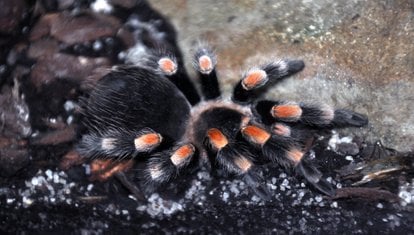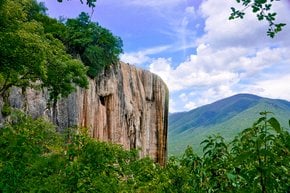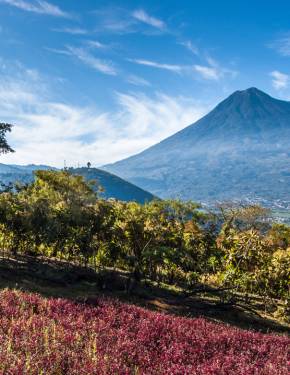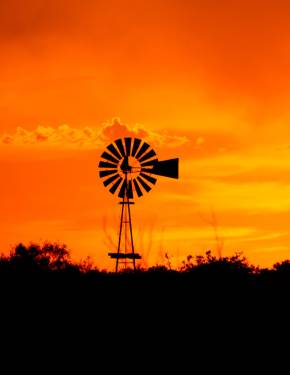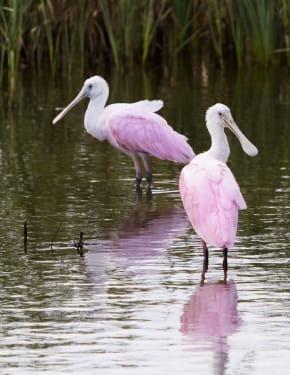Mexican Redknee Tarantula Migration in Mexico 2026
Spot rare red-and-black tarantulas while they are roaming in the wild
Best time: July–October
The Mexican Redknee Tarantula, as well as the related Mexican Fireleg Tarantula, are among the most iconic spiders in the world. These spiders are often kept as pets or displayed in zoo terrariums due to their dramatic black, red, and orange coloration.
When to see Mexican Redknee Tarantula migration
The best time to look for tarantulas is their mating season from July through October. That's when the males leave their burrows and wander off searching for females.
What is tarantula migration
Male tarantulas search for females to mate with once they reach maturity. They travel to find female burrows, and if a female is ready to mate, she will emerge to the surface. Most commonly, females kill their partners after mating, causing the males to flee as quickly as possible. Despite this, even males that escape their partners’ clutches usually die within a year.
Where to see Mexican Redknee Tarantula
These tarantula species are native to Mexico, and both can be observed along the Pacific Coast of the country, especially in the Balsas River basin. Fireleg tarantulas are frequently seen in the states of Colima, Jalisco, Guerreras, and Michoacán.
Spiders prefer dry, rocky surfaces as well as deciduous tropical forests, where they make their burrows under logs and tree roots. Redknee tarantulas can be easily spotted along the western faces of the Sierra Madre del Sur and Sierra Madre Occidental mountain ranges. They often burrow in dry scrubland and are also seen along the highways.
General information about Mexican Redknee Tarantula
Both Mexican tarantula species are quite large, reaching 6 inches (16 cm). They have eight eyes and can flick urticating hairs when threatened. Despite a scary appearance, these tarantulas are quite harmless to humans. They have fallen victim to their own popularity as many tarantulas got smuggled out of the country to be sold for private terrariums and zoos. That's why there isn't that many of them left in the wild.

